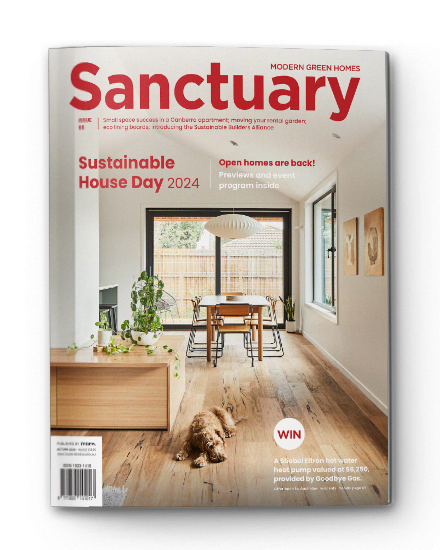Gardens to go

Jacqui Hagen is a keen gardener who has transformed the gardens of numerous rental properties across Melbourne. She shares some tips and tricks for bringing your garden with you when it’s time to move.
Gardening is my greatest anchor to nature’s cycles, my best teacher, a salve for my mental health, and the most tangible link to the knowledge of my ancestors. And yet, it is something that periodically brings me great heartbreak. This is because, as a renter, every few years I have had to farewell my carefully tended garden and confront the reality of a new leased home, inevitably featuring compacted soil and overgrown couch grass. It’s painful, but after a period of mourning I always roll up my sleeves and start the cycle again.
At the start of Melbourne’s long lockdowns I moved to a property with great gardening potential. I threw myself into the task with gusto, and with stay-at-home orders in place I often gardened from dawn until dusk. It was a complete joy to slowly restore the soil, gradually manage pests using nothing but companion planting, and watch insects and birdlife make a home in my little suburban oasis. I was rewarded with new friends as the garden came to life: I welcomed a Lewin’s honeyeater back each spring, cheered on wattlebirds as they won the war against invasive mynas, and was kept company by the hum of bees. I grew food and flowers in abundance.
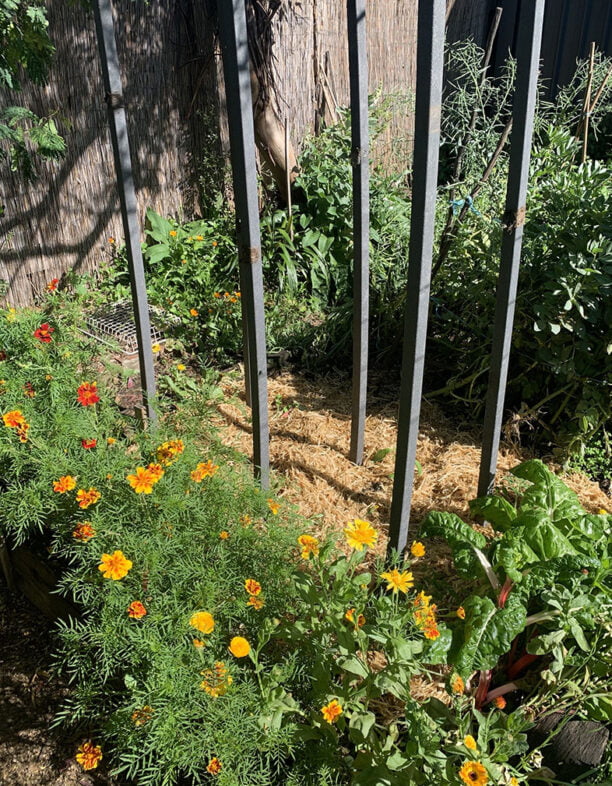
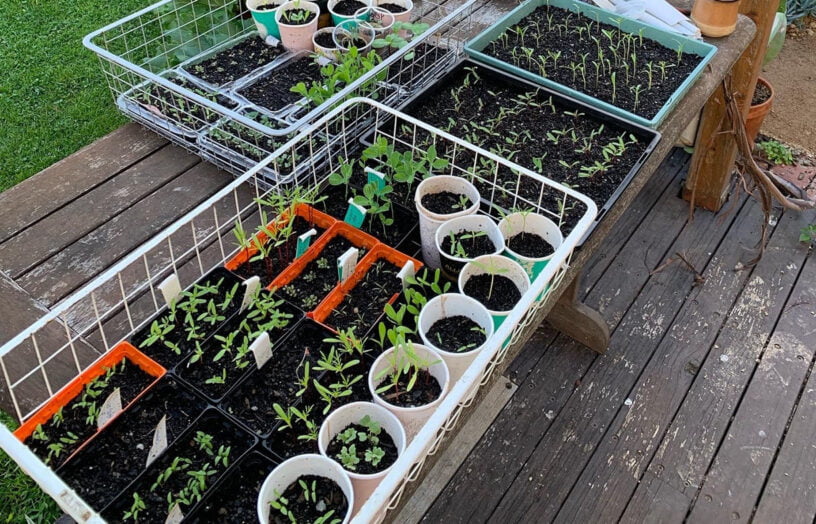
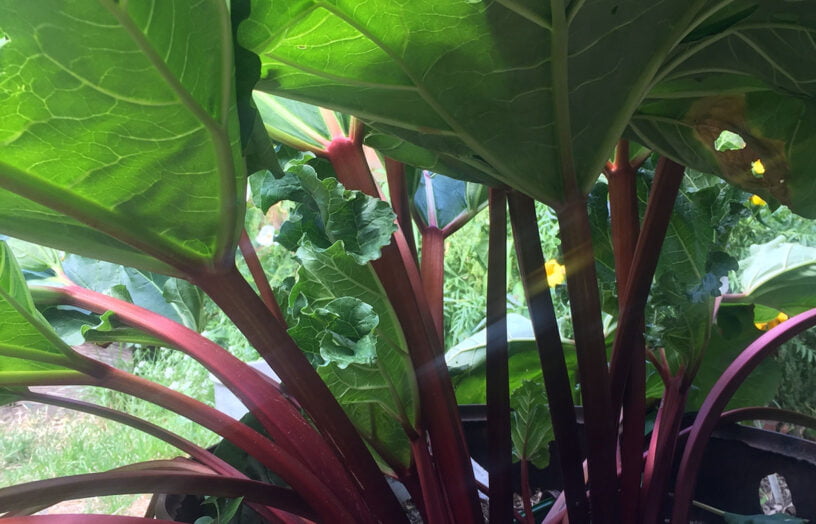
Within my fence I had everything I needed to keep myself entertained and endlessly learning. I held dear the belief that amid all the chaos that was unfolding around the world, I had the ability to positively impact the little corner that I was lucky enough to inhabit. It was the small, humble, quiet improvement of a tiny piece of land that to me seemed utterly glorious.
Jump forward to 2023, and I once again had that familiar stomach-drop moment that comes with the delivery of a notice to vacate. Gentrification was hitting my beloved neighbourhood, and most renters on my street were being moved along to make way for townhouses and higher rent. My rental home was to be demolished, my beautiful garden scraped bare. The reality sank in that it was not my garden at all. I entered a period of sadness, then anger, then sadness again, and eventually resolve. I was going to move as much of my garden as possible.
What follows are a few tips and tricks for gardening as a renter, as well as moving with a garden. Because – even if people try to tell you otherwise – it is always worth it.
First things first: get permission
It goes without saying that making significant changes to the garden in a rental property requires permission from the owner. I generally seek out properties that will allow this, and check before I make an application. It is often appreciated, and in some of my rentals the owner has provided some money towards garden improvements.
Rental gardening 101: Pots
This is an obvious one. Gardening in pots makes it easier to bring your plants with you, and it does offer a great option for renters if done well. But there are still plenty of challenges, as pots dry out easily and require careful maintenance of nutrients. Here are a few things I have learned:
Big pots are best
Bigger pots allow you to better recreate the natural environment where most plants flourish. Smaller ones tend to dry out very readily.
Cheap potting mix is your worst enemy
Commercially sold potting mix is often padded out with coloured woodchips, sand, artificially added nutrients and wetting agents that wash away pretty quickly. I recommend avoiding it. Instead, read up on the ‘lasagne method’ of layering diverse organic ingredients that will gradually break down into rich, living soil. Start with a layer of wet pea straw at the base of your pot, then alternate layers rich in nitrogen (things like manure or compost) and carbon (things like dry leaves or straw). Once the pot is full, add a little pocket of seed-raising mix to plant into.
A watering system is key
Setting up watering timers is a worthwhile exercise – it doesn’t cost much and will save your pots from drying out during hot weather. Clustering pots together also helps them to avoid drying out.
Pots need food
Even if you have followed the ‘lasagne method’, you’ll need to be mindful of keeping your pots topped up with nutrients. You can do this by regularly adding compost, mulch, and worm castings.
Invest in castors
A boring yet practical point! If you have big pots, your life will be much easier on moving day if they are already on castors.

The big move: Tips for transplanting
When it comes to plants that aren’t in pots, with a little planning it’s still possible to take a lot of your garden with you. Of course, generally you should only transplant the things that you have planted yourself. Because my garden was doomed to be bulldozed, I took the approach that anything that I could save was worth a try.
While some species don’t mind a transplant, others are more sensitive, and need to be treated with care. I transplanted over 50 established plants, with a success rate of about 90 per cent. I moved mainly perennials like herbs and exotic shrubs like salvias, and was surprisingly successful moving lots of native grasses and shrubs such as lomandras, poas, correas and callistemons. I also successfully transplanted a large grapevine by pruning it right back and treating it as a cutting – albeit a two-metre-tall one – at the other end. My last burst of energy was reserved for moving my trusty head of rhubarb that has been with me through four different gardens, and weighed more than a hundred kilograms!
Preparation is key
When transplanting, you want the move to be as fast as possible. In order to do this, prepare where each plant is going to go in the new garden by digging the hole and preparing the soil before doing anything else. That way you can plop the plant into its new home with minimal disturbance.
A pre-move haircut
Plants become exhausted trying to keep their fresh leaves and tips alive while reestablishing in a new spot, so give them a light prune before transplanting. Additionally, a good water will ensure that they are in the best shape for a move.
Wait for cool weather
Watch the forecast and aim for a period of cooler weather when transplanting. I also try to make the move at dusk, so a plant has the whole night to recover. Most plants are unlikely to survive a summer transplant, so hopefully your move falls during the cooler months.
Aim for minimal root disturbance
To avoid root shock, aim for minimal root disturbance when transplanting. Take as much soil around the roots with you as you can, by digging as wide a perimeter as possible around the plant. I have found that the best way to transport each plant is in one of those big plaid shopper bags that are invaluable during a house move. I aim for a clean scoop with a shovel, into the bag, and out of the bag into the new hole soon after. Do not shake off the soil or bump the plant around too much.
Water in well
You know how welcome that delightfully crisp beer or other cool drink is at the end of moving day? Plants need that big drink too. Water them in well on the day of transplanting, and regularly for a month or so afterwards, until their roots become established in the new location.
Watch out for wind
Many years ago, I moved a whole lot of plants on the back of a ute: it seemed easy and efficient, but I soon learned that this is essentially subjecting the plants to hurricane-speed winds, resulting in burnt leaves and root shock. Ever since, I only move plants inside a truck or van.
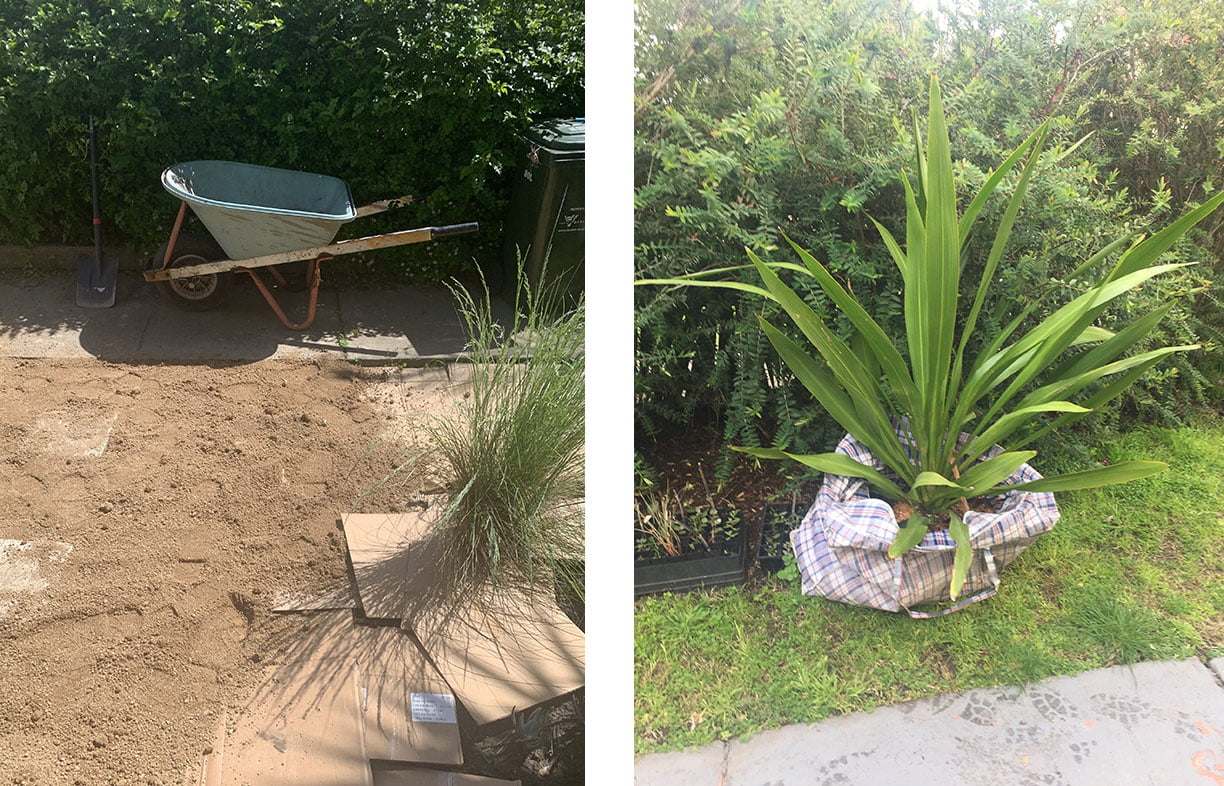
Why bother?
All too often through my life as a renter, I have heard the words “don’t put so much effort into a property that isn’t yours”, and even “you’re just lining your landlord’s pockets”. However, the fact is that I don’t create gardens for the benefit of my landlord, or to increase the resale value of the house. I do it because it is a positive force in the world. I do it for the bees and the critters. I do it for that Lewin’s honeyeater that came back every spring.
I have learned that gardening is a privilege. As home ownership becomes out of reach for many Australians, gardening is all too often seen as out of reach too. All the satisfaction, joy and knowledge that comes from growing things is set aside until a house deposit can be saved, which seems an awful waste. That’s why I encourage my fellow renters to just go ahead and garden in your rental properties.
Further reading
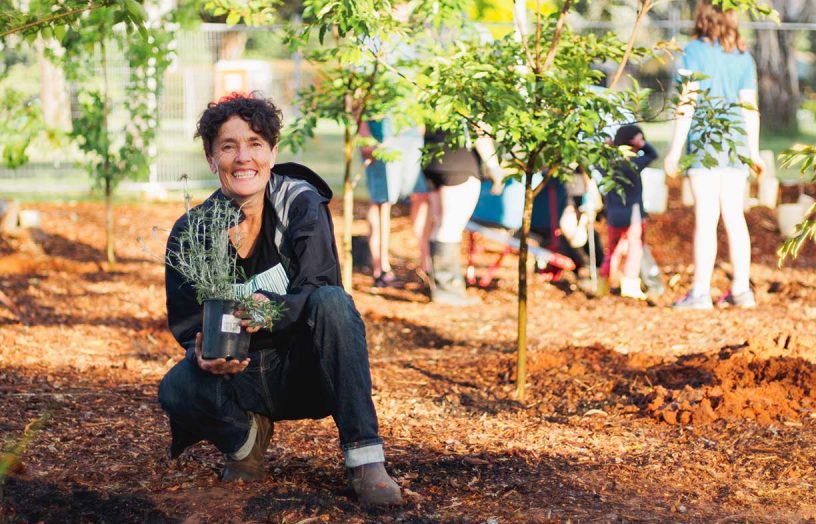 Outdoors
Outdoors
Pocket forests: Urban microforests gaining ground
Often no bigger than a tennis court, microforests punch above their weight for establishing cool urban microclimates, providing wildlife habitat and focusing community connection. Mara Ripani goes exploring.
Read more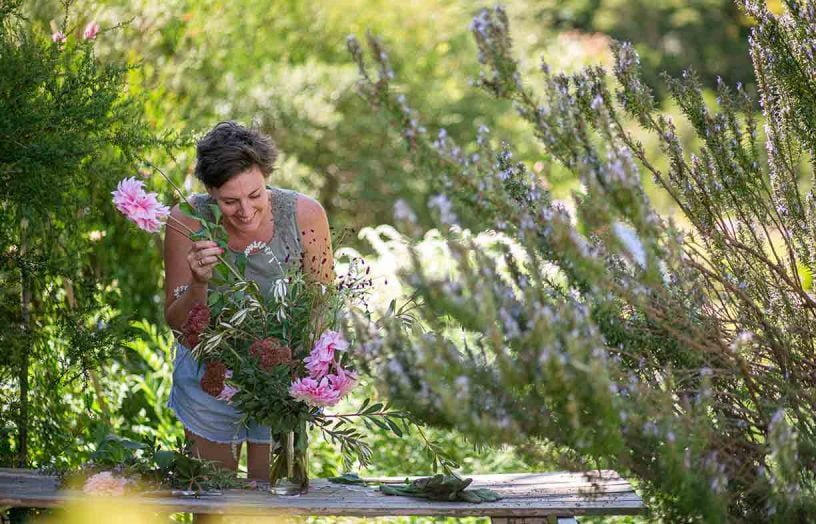 Outdoors
Outdoors
Nourished by nature: Garden design for mental health and wellbeing
There’s plenty of evidence that connection with nature is beneficial for both mind and body. We speak to the experts about designing gardens for improved mood and wellbeing, and what we can do at home to create green spaces that give back in a therapeutic way.
Read more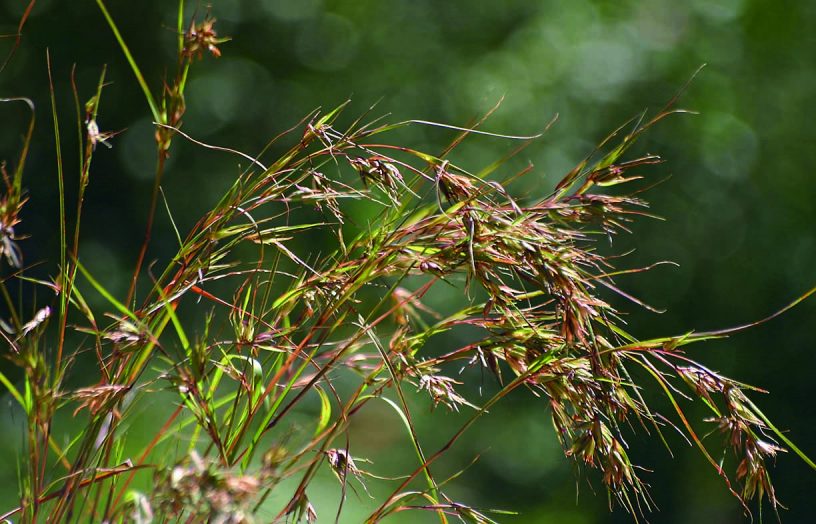 Outdoors
Outdoors
In the line of fire: Plant list
Download a list of popular native species to accompany our Sanctuary 51 article 'In the line of fire: Garden design to reduce the threat of bushfire'.
Read more

